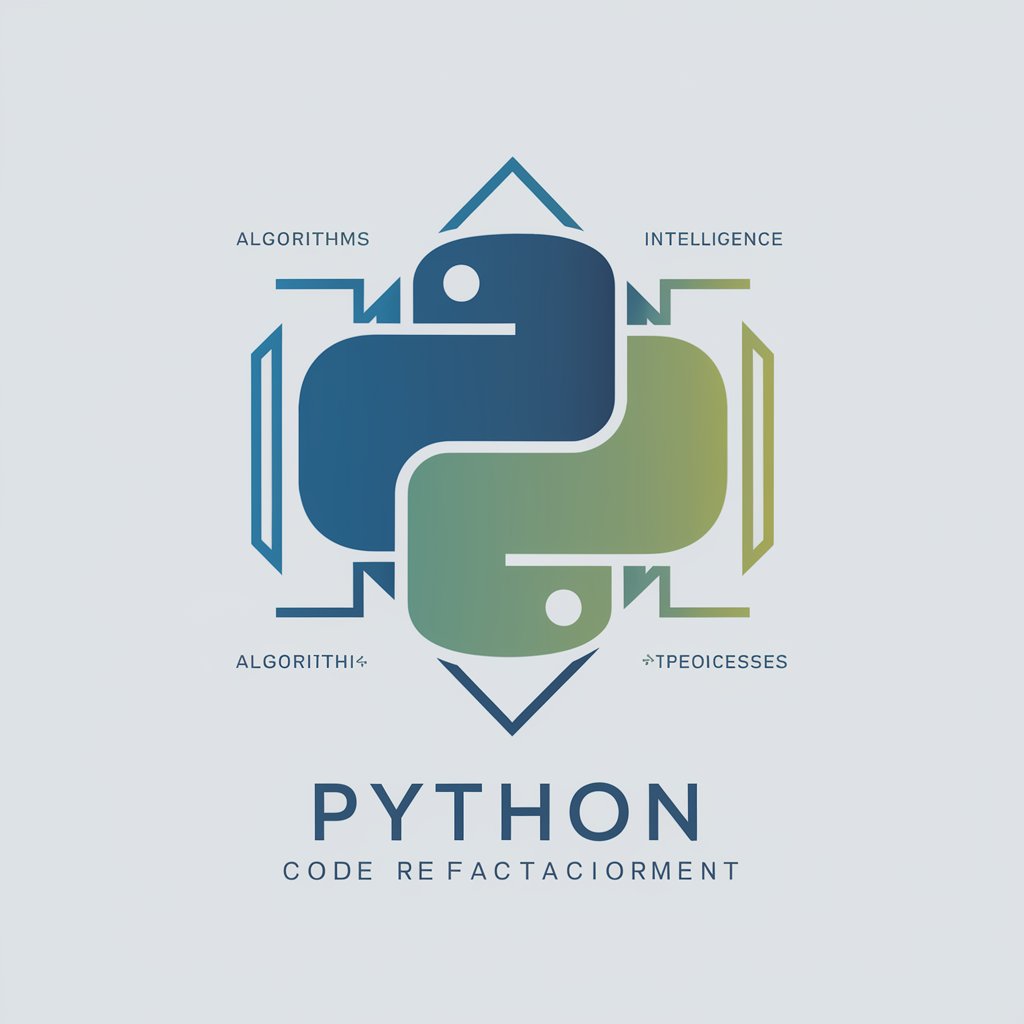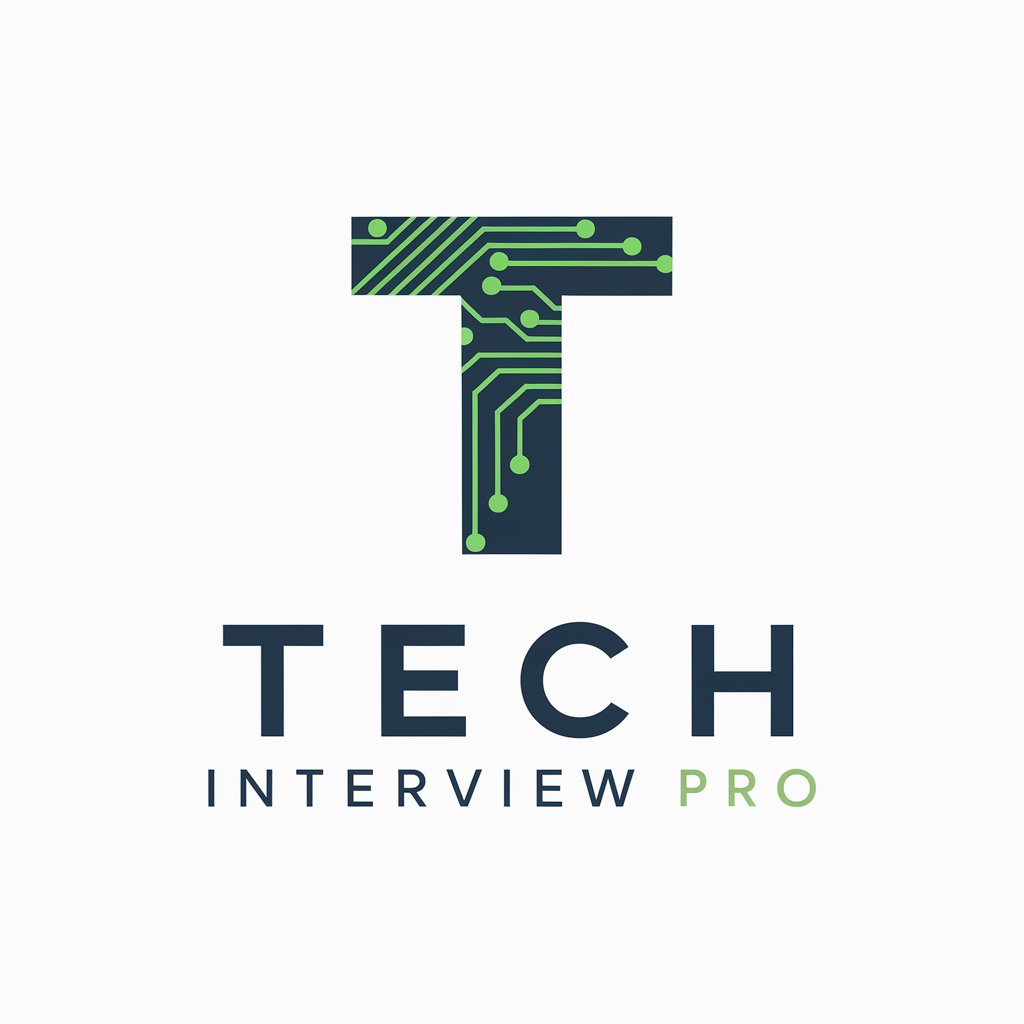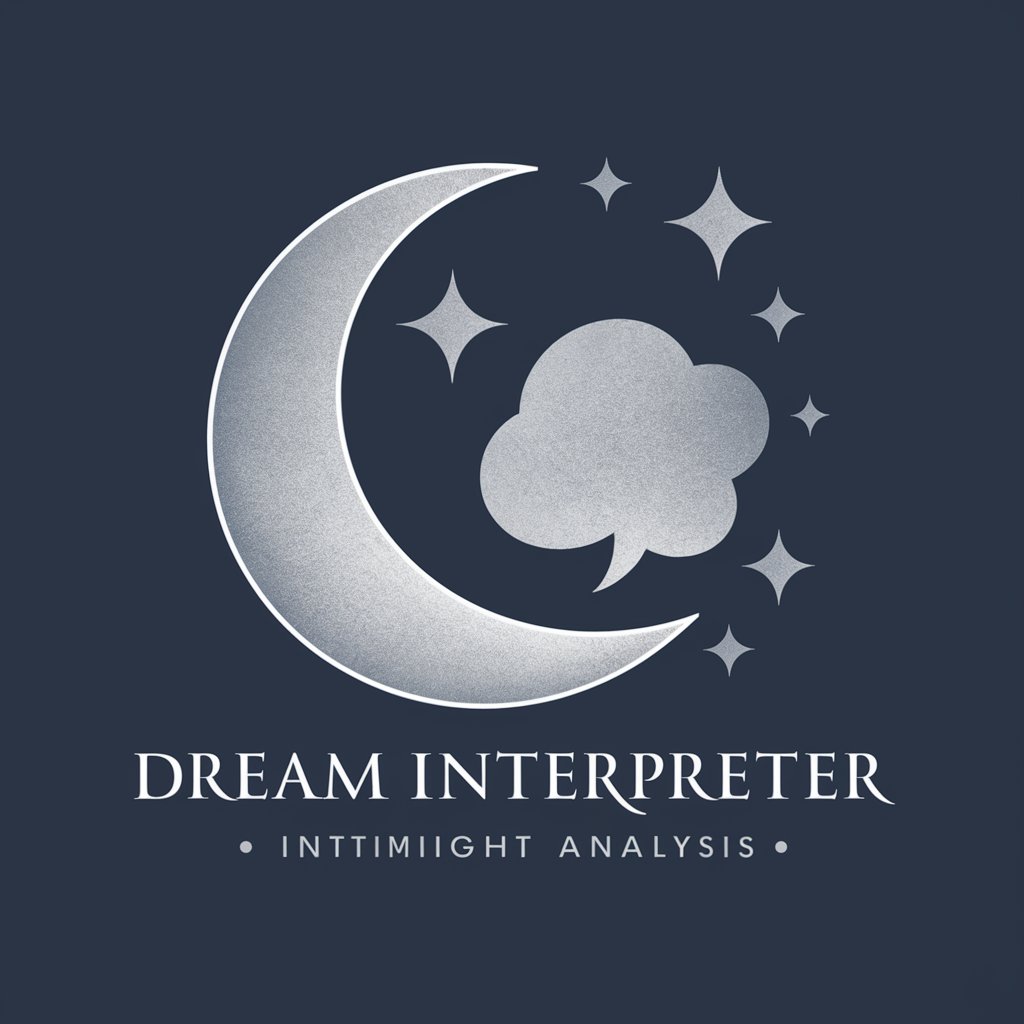
Python Code Refactor and Developer - Python Code Enhancement

Hello! Need help refining your Python code? Let's get started.
Elevate Python code with AI
Refactor the following Python code to improve its readability and efficiency...
Implement a new feature in the provided Python code that allows users to...
Rewrite the following Python function to adhere to best practices and standards...
Optimize the given Python script for better performance and maintainability...
Get Embed Code
Overview of Python Code Refactor and Developer
The Python Code Refactor and Developer is a specialized AI tool designed to enhance the quality of Python code by applying best practices in coding, refactoring, and development. Its primary purpose is to transform existing Python code into a more structured, maintainable, and efficient version while also providing the capability to extend or modify the code according to user requests. This involves optimizing code structure, improving variable naming conventions, implementing efficient algorithms, and ensuring the code adheres to Python's PEP 8 style guide for readability and maintainability. For example, it can turn a script with complex, nested functions and poorly named variables into a clean, well-documented module with clear function definitions and variable names. Additionally, it can add new features or functionalities to existing code, such as integrating API calls, adding data visualization capabilities, or implementing new algorithms, while maintaining the code's original intent. Powered by ChatGPT-4o。

Key Functions of Python Code Refactor and Developer
Code Refactoring
Example
Transforming a script with global variables and repetitive code into a module with encapsulated functionality and reusable components.
Scenario
A developer has a script that's grown over time with repeated code blocks. The tool can refactor this by introducing functions or classes, reducing repetition, and enhancing modularity.
Code Optimization
Example
Optimizing data processing scripts to reduce execution time and memory usage.
Scenario
An analysis script takes too long to execute due to inefficient data handling. The tool can optimize it by implementing more efficient data structures or algorithms, significantly reducing runtime.
Adding New Features
Example
Integrating API requests to fetch live data for a financial analysis tool.
Scenario
A financial tool requires live market data. The tool can extend the code to integrate RESTful API calls, fetch live data, and process it for analysis, enhancing the tool's functionality.
Improving Code Readability
Example
Rewriting code to follow Python's PEP 8 guidelines, including proper naming conventions and commenting.
Scenario
A project handed over from one team to another lacks consistency in coding style, making it hard to maintain. The tool can reformat the code to adhere to PEP 8, improving readability and maintainability.
Implementing Error Handling
Example
Adding try-except blocks to handle potential runtime errors gracefully.
Scenario
An application crashes frequently due to unhandled exceptions. The tool can introduce robust error handling mechanisms to improve the application's reliability and user experience.
Ideal Users of Python Code Refactor and Developer
Software Developers
Professionals or hobbyists looking to improve the quality, efficiency, and maintainability of their Python code. They benefit from enhanced code readability, reduced bugs, and the integration of new features without compromising the original functionality.
Project Managers
Managers overseeing Python projects who need to ensure code quality, adherence to coding standards, and timely delivery. They can use the service to streamline codebases, making them easier to understand, extend, and maintain by their teams.
Educators and Students
Individuals in academic settings can use the service to learn best practices in Python programming. It helps students understand how to structure code more efficiently and educators to provide examples of professional coding standards.
Data Scientists
Data professionals who often work with Python for data analysis, machine learning, or data visualization. They benefit from optimized and readable code that can efficiently process data and integrate with various data sources and libraries.

How to Use Python Code Refactor and Developer
Initiate Your Journey
Start by visiting a platform offering an AI-driven Python Code Refactor and Developer tool for an accessible, free trial without the need for signing up or subscribing to premium services.
Prepare Your Code
Gather the Python code you want to refactor or develop further. Ensure it's ready for analysis and modification, covering anything from simple scripts to complex modules.
Specify Your Request
Clearly outline your requirements for refactoring or development, including any additional functionality, optimization, or restructuring needs to guide the AI effectively.
Engage with the Tool
Input your code into the tool and submit your specified requests. Use the interactive interface to make adjustments or refine your requirements as needed.
Review and Implement
Carefully review the AI's suggestions or the modified code. Test the new code to ensure it meets your expectations and requirements before fully implementing it into your project.
Try other advanced and practical GPTs
マルチエンド物語
Craft Your Tale with AI

Tech Interview Pro
Ace Your Tech Interviews with AI

风水大师看户型图
Optimize Your Space with AI-Powered Feng Shui Insights

Home Value Advisor
Empowering Your Property Decisions with AI

Connor Consultant
Empowering Decisions with AI Insight

Comments Analyzer
Unlock insights from YouTube comments with AI.

Personal Lawyer
Empowering Legal Decisions with AI

Dream Interpreter
Unlock the Secrets of Your Dreams with AI

Green Cleaning Coach
Eco-friendly cleaning made easy with AI

Scriptura
Enlighten Your Faith with AI

Tapas Maestro
Bringing Tapas to Life with AI

Humanities Dark Secret
Unveil Humanities' Secrets with AI

FAQs about Python Code Refactor and Developer
What is Python Code Refactor and Developer?
It's an AI-powered tool designed to enhance Python code by making it cleaner, more efficient, and maintainable. It can refactor existing code and develop new functionalities as per user requirements.
Can it handle complex Python projects?
Yes, it's equipped to analyze and improve code from simple scripts to complex, multi-module projects, focusing on optimization and maintainability without losing the original functionality.
How does it ensure code quality?
The tool applies best practices in coding, including readability, efficiency, and adherence to Pythonic principles. It suggests improvements based on a deep understanding of Python and software engineering standards.
Is it suitable for beginners?
Absolutely. It's a valuable resource for beginners to learn coding best practices and for experienced developers to save time and enhance code quality.
Can it add new features to an existing codebase?
Yes, beyond refactoring, it can integrate new functionalities into an existing codebase, ensuring seamless operation and maintaining the integrity of the original design.